Specialist Doctor 1 Bui Hoang Bich Uyen, Department of Nutrition, Xuyen A General Hospital (HCMC) said that cooking oil in animal husbandry is vegetable oil used to supplement animal feed. These oils are often crude oil, newly pressed, unrefined or not yet refined. Therefore, this type of oil does not meet the standards for human use in terms of food safety, quality, or nutritional content.
Cooking oil for animal feed and cooking oil for human consumption have distinct differences in quality standards, safety and intended use. This difference is due to the different biological mechanisms and tolerances of humans and animals.
Difference between human cooking oil and animal feed oil
According to Dr. Uyen, in terms of origin, edible oil for humans must be clean seeds and fruits, not moldy, not contaminated with toxins, while the origin of edible oil for animals is often substandard seeds, by-products of the production of edible oil for humans. In terms of processing, edible oil for humans must be refined through many steps such as deodorizing, removing color, free acid, and toxins, while edible oil for livestock can only be pre-processed or not refined, as long as it meets animal feed standards. In addition, there are some comparison criteria that show differences between edible oil for humans and edible oil for livestock in terms of purity, safety indicators, heavy metals, etc.
Criteria | Cooking oil for people | Oil in livestock |
Purity | Very high - color, flavor, clarity must meet requirements | Usually does not require extensive refining, may still have odor or impurities at acceptable levels |
Safety indicators | Very strictly according to the regulations of the Ministry of Health such as TCVN 7597:2018 | Less stringent, according to Vietnam Standards of the Ministry of Agriculture and Rural Development |
Heavy metals, aflatoxins, pesticide residues, polycyclic aromatic hydrocarbons (PAHs) | Has very low or no limits | Allow higher limits if they do not affect pets |
Peroxide value (PV), acid value (AV), iodine value, saponification value | Must be very low | Higher levels may be acceptable if they do not affect the health of the animal. |
Microorganism | Must be free of pathogenic microorganisms (such as E.coli, Salmonella) | Higher susceptibility to microbial contamination |

There are differences between cooking oil for animal husbandry and cooking oil for humans in terms of origin, purity...
PHOTO: LE CAM
The harmful effects of using animal feed oil for food processing
Using animal feed oil to prepare food for human consumption is extremely dangerous and poses serious risks to human health. Here are the main harmful effects:
Causes chronic diseases and cancer. Long-term exposure to toxic substances in animal feed oils can lead to many serious diseases.
"If the cooking oil is pressed from unclean seeds, moldy seeds may contain substances that are toxic to the human body. Because aflatoxin is a strong carcinogen, especially liver cancer," said Dr. Uyen.
Toxic compounds such as aflatoxin, acrylamide and polycyclic aromatic hydrocarbons (PAHs) can form in poor quality or reused oils, which can cause cell mutations and increase the risk of cancer (such as liver cancer, colon cancer, breast cancer, prostate cancer).
Liver and kidney failure. Some impurities that may be present in cooking oils include heavy metals, toxic oxidants generated by heat such as acrolein, aldehyde. Heavy metals such as lead, cadmium, mercury can accumulate in the body, causing damage to many organs such as the kidneys, liver, nervous system and bones.
Heart disease. Poor quality oils can contain high levels of bad fats and oxidized compounds, which increase bad cholesterol (LDL) levels and decrease good cholesterol (HDL), increasing the risk of heart disease, atherosclerosis, high blood pressure and stroke.
Metabolic disorders. Experiments showed that rats fed refried palm oil had elevated liver enzymes, a sign of liver damage. The rats also developed insulin resistance, suggesting that refried oil may contribute to type 2 diabetes. Although this was a study of refried oil, livestock oil is inherently of similar poor quality.
Affects the digestive and immune systems. The residues and impurities in the oil can irritate the lining of the stomach and intestines, leading to gastritis, enteritis, and indigestion. In addition, using poor quality cooking oil can weaken the immune system, making the body more susceptible to infections and chronic diseases.
"The consumption of cooking oil for livestock is a potential and serious risk to human health, requiring strict control from authorities and vigilance from consumers," said Dr. Uyen.
Ministry of Health warns of health risks when using cooking oil in livestock farming to process food for humans
As Thanh Nien reported, in response to the information that some establishments were discovered using imported cooking oil intended for animal feed to produce and process it into cooking oil for human food, the Food Safety Department, Ministry of Health warned that this was a serious violation of food safety regulations, potentially affecting public health.
To prevent risks and ensure consumer safety, the Food Safety Department recommends that food production and trading establishments, especially collective kitchens and ready-to-eat meal suppliers, need to ask suppliers to clarify the product's declaration and raw material records, not just rely on packaging and labels.
Source: https://thanhnien.vn/dau-an-trong-chan-nuoi-la-gi-gay-hai-ra-sao-khi-dung-che-bien-thuc-pham-185250625185214526.htm





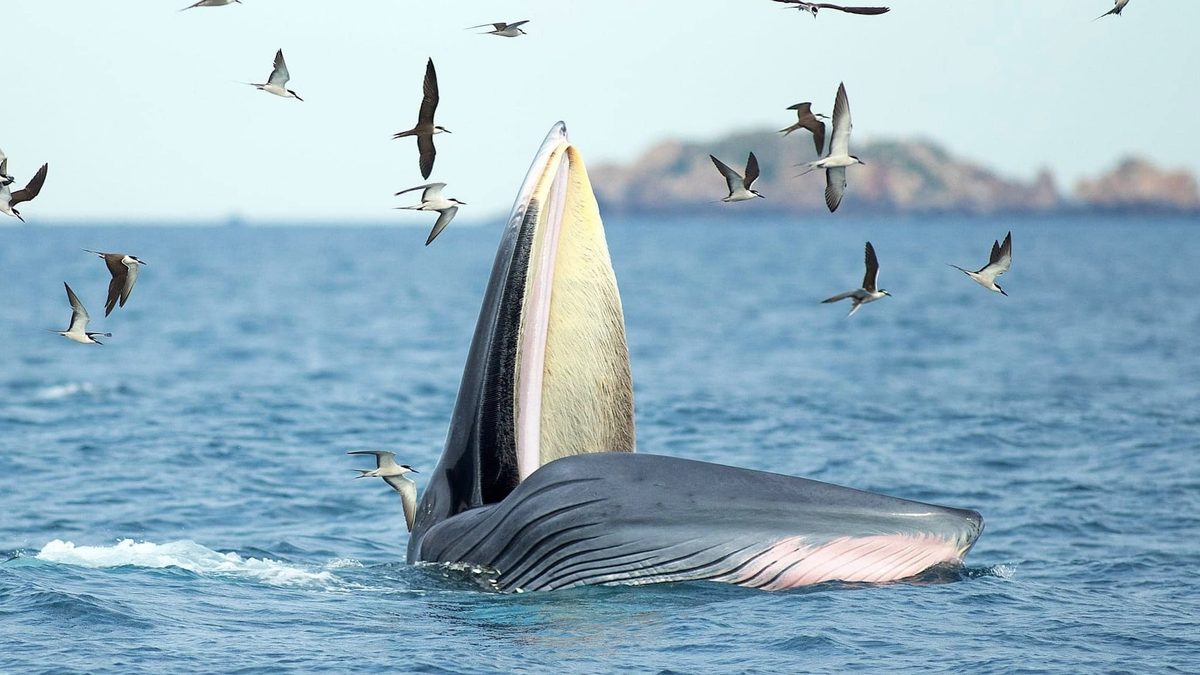

![[Photo] Cuban artists bring "party" of classic excerpts from world ballet to Vietnam](https://vphoto.vietnam.vn/thumb/1200x675/vietnam/resource/IMAGE/2025/6/26/797945d5d20b4693bc3f245e69b6142c)
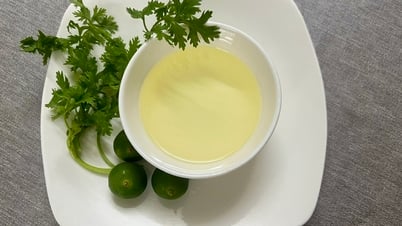
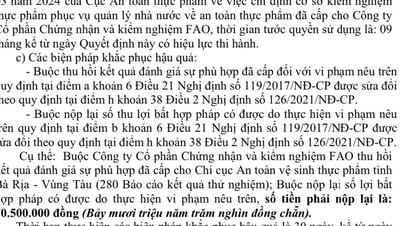
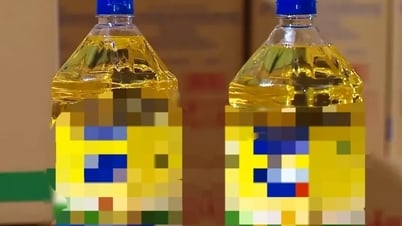

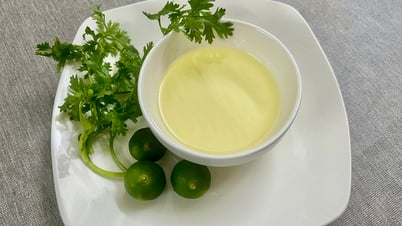
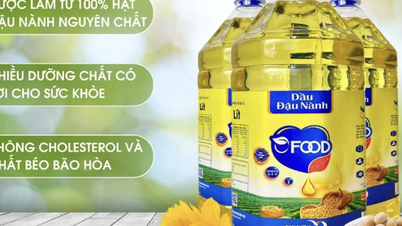



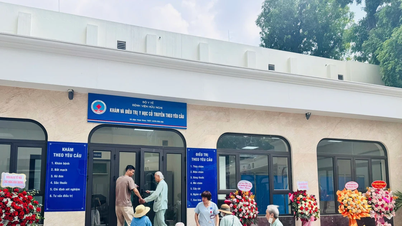

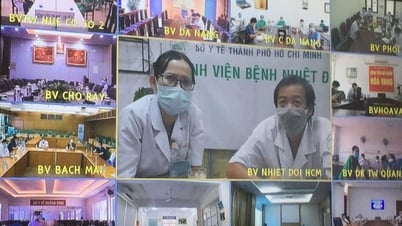














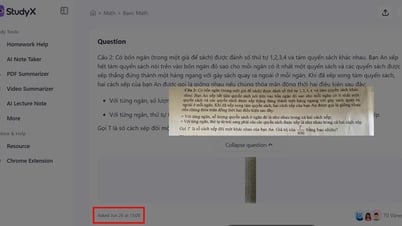
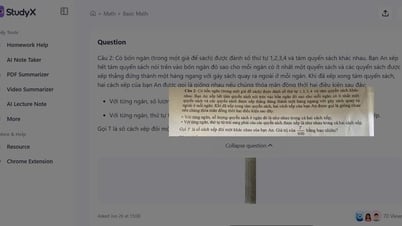

![[Photo] General Secretary To Lam receives Australian Ambassador to Vietnam Gillian Bird](https://vphoto.vietnam.vn/thumb/1200x675/vietnam/resource/IMAGE/2025/6/26/ce86495a92b4465181604bfb79f257de)






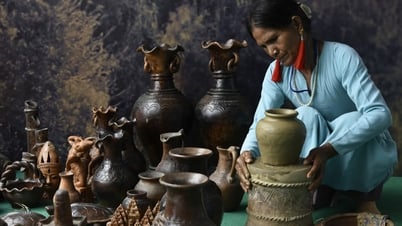


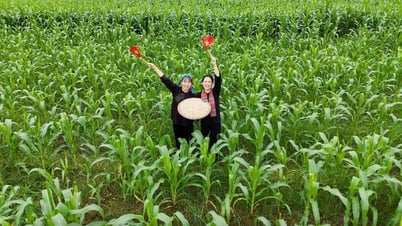

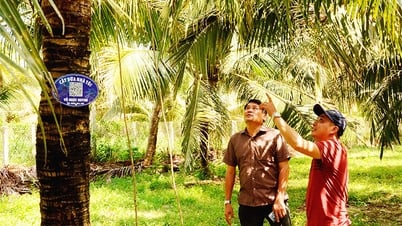


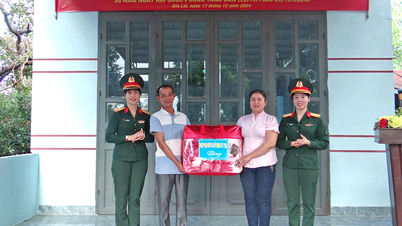



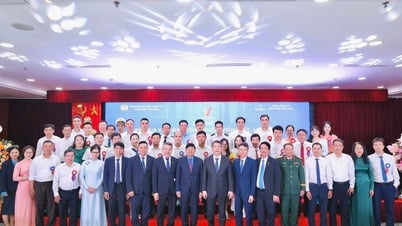














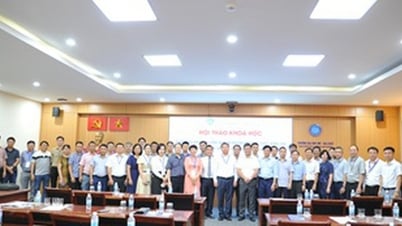








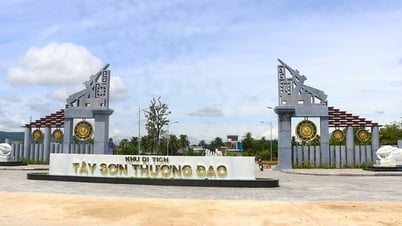








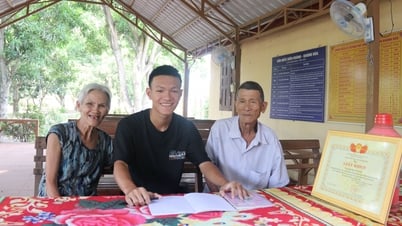

















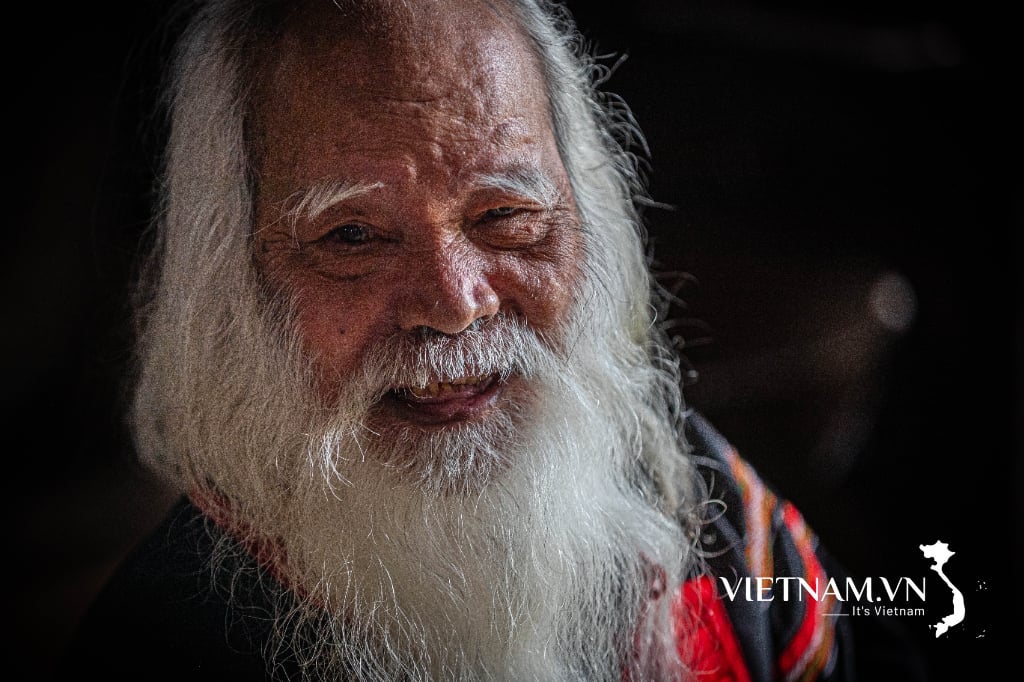
Comment (0)